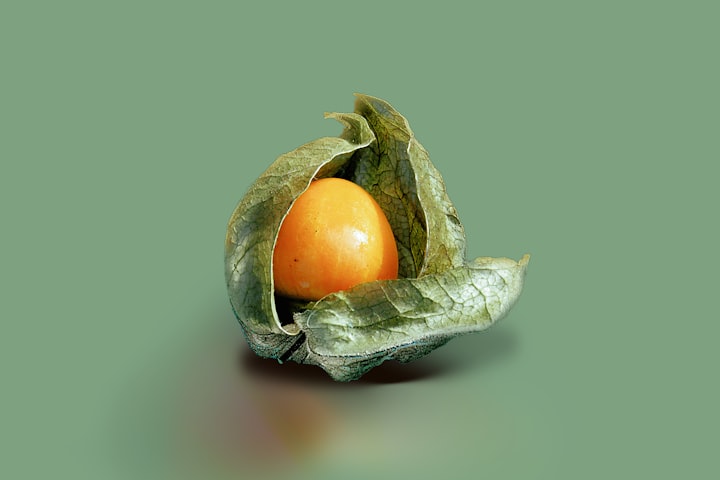Six Unusual Berries You Can Grow in your Backyard
Because the backyard is for more than blueberries.

Let’s face it. Most backyards are boring. Many gardeners grow nutritious fruits and vegetables you can find on any grocery store shelf. Other yards consume needless resources with only a dull green lawn to show for it. It doesn’t have to be this way. Instead of wasting water and fertilizer on a lawn with zero nutritional value (although you CAN eat dandelions) turn your backyard into a fruitful bounty. Impress your neighbors and put your backyard to work by growing these 5 unusual fruits. Cold climates included!
1. Honeyberries (Lonicera caerulea): A member of the honeysuckle family, honeyberries are blueberries better tasting and less fussy cousin. They are also packed with more antioxidants. Sweet-tart in flavor, honeyberries are easy to grow and do not require special soil amendments. Some varieties are very cold hardy, surviving in temperatures well below zero. Honeyberries bloom and set fruit early. They will be the first berries ready to pick in your garden, a welcome burst of freshness after a long winter.
2. Hardy Kiwi (Actinidia arguta): Much smaller than the more familiar grocery store kiwi, Hardy Kiwi has smooth skin and tastes sweet and refreshing. They do not have fuzzy skin and can be popped into your mouth fresh off the vine. Hardy Kiwi can produce upwards of 100 pounds of fruit in a single season on a mature plant. You will need both a “male” and “female” plant to grow fruit. Only “female” plants grow berries. One “male” plant can pollinate up to six different “female” vines.
3. Gooseberry (Ribes sp.): These grape-sized berries grow on bushes with large protective thorns. Their tart juice makes a delicious and refreshing lemonade. They can be found growing wild in much of the forests of the Upper Midwest and east to the Atlantic ocean. Easy to grow, gooseberries come in many different varieties and vary from green to deep purple in color. Thought to harbor diseases, gooseberries had previously been banned in the U.S. but are now allowed in most states. Check your local regulations before planting.
4. Aronia Berry (Aronia melanocarpa): Considered a superfood, these berries are packed with antioxidants and the health benefits they provide. They are dark purple-black berries that grow on bushes. The plants are low maintenance and resistant to most pests. In addition to tasty and useful berries, the shrub produces attractive white blossoms and shiny green foliage. Try cooking them down with equal parts sugar and water to make the perfect healthful pancake syrup.
5. Goji Berry (Lycium barbarum): Goji berries may seem unusual to some, but this bush has been around a while, providing nutrition and medicine. This plant is perfect for both the backyard and the front window. They are small and easy to grow in a container indoors. The red berries can taste bitter or sour when eaten fresh but are delicious when dried. Try sprinkling the dried berries on your morning bowl of oatmeal or eat a handful as a snack. Another superfood, there are countless health benefits attributed to these berries.
6. Ground Cherry (Plysalis sp.): The only annual on this list, you can plant Ground Cherry seeds in the fall and have hundreds of berries by mid-summer. They are in the same family as a tomatillo and are wrapped in a similar papery husk. Once removed from the husk, ground cherries are nickel-sized berries golden in color. They taste like a cross between pineapple and mango. Ground Cherries are great baked into tarts, cooked down into jam, or eating fresh on a hot summer day.
Growing your own food in a backyard garden is rewarding, but your garden does not need to look the same as your neighbors. Why not add interest and intrigue by growing one of these six unusual fruits?
About the Creator
AB4learning
Explorer, Content Creator, Writer, Educator





Comments
There are no comments for this story
Be the first to respond and start the conversation.